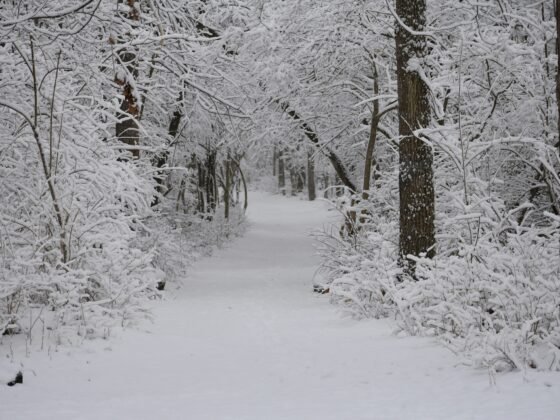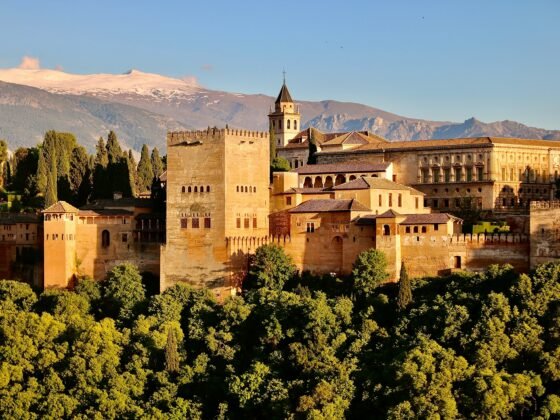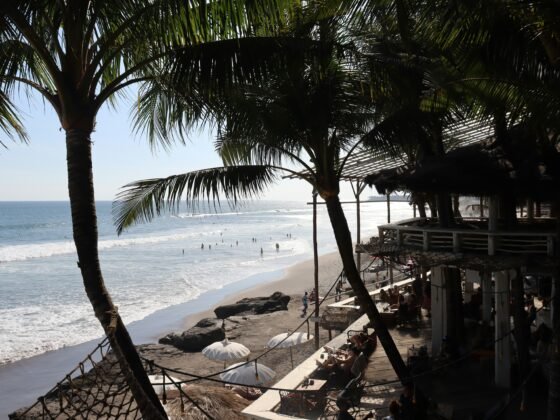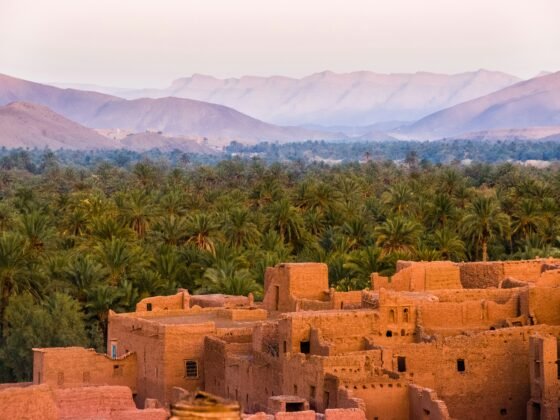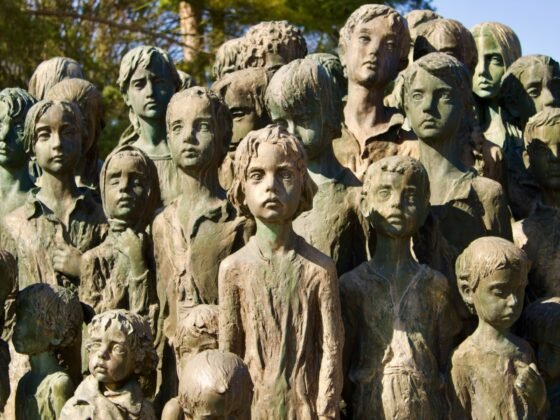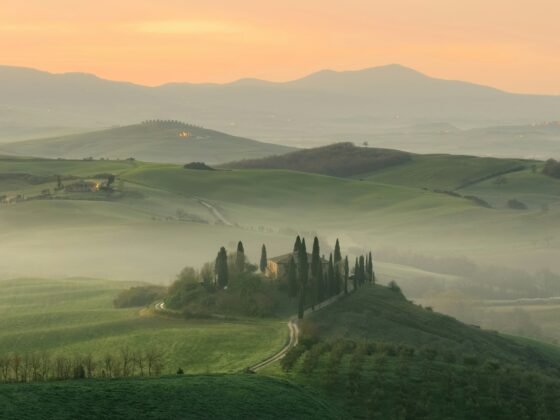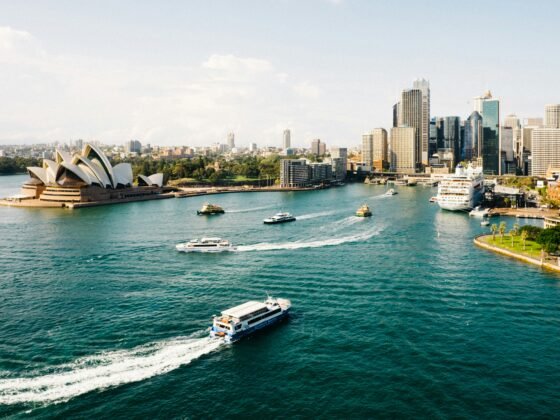Save time and money by organising your Paris travel itinerary by arrondissement (districts): this is a sprawling city and the best way to get to grips with the plethora of cultural sights across Paris is to plan your sightseeing according to the 20 individual arrondissements or districts if you like;
1st Arrondissement, aka Louvre
On Paris’ right bank of the River Seine is the first arrondissement which happens to be the least populated, although it rarely feels that way! It is however the most populated in terms of culture, as the district is brimming with some of the best museums, parks, bars and shops. It’s also home to the Île de la Cité, which is one of Paris’ two natural islands within the River Seine. This is the heart of medieval Paris, aka Lutetia, which the Romans conquered in 52BC.
- Musée du Louvre
- Jardin des Tuileries
- Place Vendôme
- Colonne Vendôme
- Galerie Véro-Dodat
- Les Halles
- Palais Royal
- Musée du Barreau de Paris
- Comédie-Française
- Pont Neuf bridge
- Pont des Arts Bridge
- Musée en Herbe
- Rue de Rivoli
- Musée des Arts décoratifs
- Hôtel Ritz Paris
2nd Arrondissement, aka Bourse (Stock Exchange)
Paris’ second arrondissement is the smallest in size and is dominated by business: the Paris Stock Exchange (aka Bourse) is located here, alongside big-name fashion houses, banking organisations and journalist’s offices. This right bank district is also home to the plushest ‘galleries’ – covered shopping lanes – in all of Paris. Pack your credit card and make like the Parisians!
- Opéra-Comique Concert Hall
- Café de la Paix
- Théâtre des Variétés
- Passage des Panoramas
- La Gallerie Vivienne
- Théâtre-Musée des Capucines
- Théâtre des Bouffes Parisiens
- Bibliothèque Nationale
- Notre Dame des Victoires
- Boulevard des Capucines
- Rue du Faubourg-Montmartre
3rd Arrondissement, aka Temple
The third arrondissement is the most diverse in Paris: medieval, Dutch, Jewish and Chinese influences can all be experienced here. The Temple district is home to the intriguing medieval ‘Le Marais’ district, a quieter and more laidback area, where the cultural sights are focussed around the quirky open air markets and specialist food stores. Superb museums and quaint little open air cafes dot the streets. Also located here is the ancient Dutch quarter which has roots in the 13th century and there is a burgeoning Chinatown too.
- Musée Picasso
- Archives Nationales
- Musée Carnavalet
- Musée de l’Histoire de France
- Musée d’art et d’histoire du Judaïsme
- Agoudas Hakehilos Synagogue
- Conservatoire des Arts et Métiers
- Hôtel de Soubise
- Temple fortress
- Auberge Nicolas Flamel
- Paris Chinatown
- Musée Cognacq-Jay
- Hôtel de Soubise
- Former Temple fortress
- Carreau du Temple
4th Arrondissement, aka Hôtel-de-Ville
The fourth arrondissement is lively and travellers pack into the narrow streets of the right bank which are teeming with boutiques and cafes. It’s also home to southern section of medieval Le Marais and is also regarded as the gay district. Named after the Hôtel-de-Ville, this district is brimming with Renaissance-era architecture, including the City Hall itself and the Place des Vosges.
- Notre-Dame de Paris
- Hôtel de Ville (Paris city hall)
- Rue des Rosiers
- Jewish Quartier
- Beaubourg
- Le Marais
- Bazar de l’Hôtel de Ville
- Centre Georges Pompidou
- Place des Vosges
- Lycée Charlemagne
- Berthillon
- Saint-Jacques Tower
- Pavillon de l’Arsenal
- Île Saint-Louis Island
- St-Gervais-et-St-Protais Church
5th Arrondissement, aka Panthéon, aka Latin Quarter
Here we cross over to the left bank district which is one of the oldest in Paris. The fifth arrondissement is better known as the Latin Quarter than to the wealth of ancient architecture and remains. Wander the Roman ruins and admire the spectacular Pantheon. The romans also left their mark with an amphitheatre and traditional thermae, aka Roman baths as the YouTube video set in the 5ème arrondissement below shows.
- The Panthéon
- Jardin des Plantes
- Arènes de Lutèce
- Roman amphitheatre
- Roman Thermes de Cluny
- Fontaine Saint-Michel
- Muséum National d’Histoire Naturelle
- Musée de Cluny
- Maison de la Mutualité
- Quartier Latin
- La Sorbonne University
- Église Saint-Séverin
- Saint-Nicolas-du-Chardonnet church
- Musée de la Sculpture en Plein Air
- La Grande Mosquée
- Bibliothèque Sainte-Geneviève
6th Arrondissement, aka Luxembourg
The central left bank Luxembourg district has two major cultural sights going for it; the exquisite Jardins du Luxembourg and the historic Saint-Germain-des-Prés district. The area is also home to upmarket restaurants, posh boutiques and a thriving café culture; in fact this area spawned the ‘revolutionary intellectualism’ movement. This is one of France’s most affluent neighbourhoods and the boutique art galleries and fashionable stores ensure it also one of the most expensive.
- Jardin du Luxembourg and Palais du Luxembourg
- École des Beaux-Arts de Paris
- Saint-Germain Abbey and square
- St. Sulpice Church
- Place Saint-Michel
- Odéon-Théâtre de l’Europe
- Musée national Eugène Delacroix
- Medici Fountain
- Pont Saint-Michel
- Musée d’Anatomie Delmas-Orfila-Rouvière
- Les Deux Magots
- Musée Edouard Branly
- Lycée Montaigne
7th Arrondissement, aka Palais-Bourbon
This arrondissement is located on the Rive Gauche, aka left bank and is home to the iconic symbol of Paris: the mighty Eiffel Tower. The district is also noted for its exquisite architecture, which dates back to the 17th century, when the French nobility made this region home. There are also superb restaurants and the resting place of the French Revolution hero, Napoleon Bonaparte.
- La Tour Eiffel (Eiffel Tower)
- Parc du Champ de Mars
- Musee Rodin (pictured below)
- Champ de Mars
- French National Assembly
- Musée du quai Branly
- Hôtel des Invalides
- Les Invalides
- Musée d’Orsay
- Assemblée Nationale
- Ecole Militaire
- Musée Maillol
8th Arrondissement, aka Élysée
The western Parisian district entitled ‘Élysée’ is located on Paris’ right bank. Largely a business district, it also boasts many cultural highlights. The two main sights are undoubtedly the exquisite horse-chestnut tree-lined street, the Avenue des Champs-Élysées which is one of the most famous (and most expensive) streets in the world, lined with luxury cafes, specialist shops and cinemas. It’s also home to Paris’ iconic monument, the Arc de Triomphe de l’Étoile.
- Champs-Elysées
- l’Arc de Triomphe
- Élysée Palace
- Place de la Concorde
- Église de la Madeleine
- Grand Palais
- Petit Palais
- Église Saint-Augustin
- Palais de la Découverte
- Maxim’s Art Nouveau “Collection 1900”
- Musée Cernuschi
- The Scots Kirk (l’Église écossaise de Paris)
9th Arrondissement, aka Opéra
The ninth arrondissement is a historians dream, with many notable architectural and cultural sights. The diverse district is home to the lavish ‘Grands Boulevards’ shopping streets and big-name department stores, although the main attraction is undoubtedly the exquisite Palais Garnier, aka the Opera National de Paris. You could easily while away a few hours at the magnificent Galeries Lafayette which is luxury department store, comparable to Harrods in London. Opened in 1895, the centerpiece is the massive Christmas tree which stands beneath the main domed hall. The YouTube video below shows le 9ème arrondissement.
- Palais Garnier, home to Paris Opera
- Galeries Lafayette
- Musée Grévin
- Folies Bergère
10th Arrondissement, aka Enclos-St-Laurent
The right bank tenth district has excellent transport connections; its home to both the Gare du Nord and the Gare de l’Est: these two 19th century masterpieces are amongst the busiest in Europe. Located to the north of the center of Paris, this district is home to the pretty Canal Saint-Martin, which provides a valuable link with the River Seine. Don’t miss;
- Promenade Canal St. Martin
- Gare du Nord
- Gare de l’Est
- Palais des Glaces
- Église Saint-Vincent-de-Paul
- Musee de l’Eventail
- Church of Saint-Laurent
11th Arrondissement, aka Popincourt
The diverse eastern suburb of Paris is one of the most densely populated areas within Europe and it’s a lively place. Popincourt has a youthful vibe, set around the small bars, authentic restaurants and lively nightclubs around Place de la Bastille (pictured below) and the Faubourg St Antoine street. There is a tangible Latin American theme running throughout the eleventh arrondissement. The area around Boulevard Richard-Lenoir has an abundance of large-scale markets and the Oberkampf district has a great selection of nightclubs.
- Rue Oberkampf
- Bastille Saint-Antoine
- Musée Edith Piaf
- New Jewish Quarter
- Cirque d’Hiver
- Musée du Fumeur
- Église Saint-Ambroise
- Place de la République
12th Arrondissement, aka Reuilly
The furthest district east is Reuilly, which is one of the largest in Paris. It’s also well-connected with the rest of Europe; the Gare de Lyon offers easy access to Italy, Switzerland and the south of France. The main attraction culturally is the beautiful opera house of Opéra de la Bastille, which is the second biggest of its kind in the city.
- Opéra Bastille
- Bercy Park and Village
- Promenade Plantée
- Musée des Arts Forains
- Quartier d’Aligre
- Cimetière de Picpus
- Bois de Vincennes
- Zoo de Vincennes
13th Arrondissement, aka Gobelins
Back over to the left bank for the Gobelins arrondissement, which is one of the least touristy districts. The area houses the Quartier la Petite Asie, aka little Asia, the main Chinatown quarter, which is one of the largest within Europe. Don’t miss;
- Paris Rive Gauche district
- Les Olympiades
- Bibliothèque Nationale de France (National Library)
- La Butte aux Cailles
- Gare d’Austerlitz
- Manufacture des Gobelins
- Pitié-Salpêtrière Hospital
- 6 Villa des Gobelins, former residence of Ho Chi Minh
14th Arrondissement, aka Observatoire
The most southern Paris suburb is Observatoire, which encompasses much of the Montparnasse district. The arty region is dominated by the 59 storey Tour Montparnasse skyscraper which rises to 210 m (690 feet). There is also a strong Breton community here as well as some of the most intruiging cultural sights across Paris, such as the famous Catacombs, which can be accessed here too.
- Gare Montparnasse
- Tour Montparnasse
- La Santé Prison
- Musée Jean Moulin
- Denfert-Rochereau
- Parc Montsouris
- Stade Charléty
- Cité Internationale Universitaire de Paris
- Paris Catacombs
- Musée Lenine
15th Arrondissement, aka Vaugirard
The last region within the left bank region is quieter and more focussed around a residential area. That said, there are a handful of interesting sights here, as well as sprawling city parks.
- Porte de Versailles
- Parc des Expositions
- Montparnasse Cemetery
- Musée Pasteur
- Front de Seine
- Parc André-Citroën
- Theatre de la Gaite
- Parc Georges Brassens
- Theatre du Montparnasse
16th Arrondissement, aka Passy
Back over to the right bank and Passy is dominated by the vast Bois de Boulogne Park, which is home to one of the oldest amusement parks in the world. Take a break from the culture and history for a moment with a stroll in the gardens, which are 2.5 times the size of New York’s Central Parl. Passy is also home to many ornate nineteenth century period buildings.
- Bois de Boulogne
- Palais de Chaillot
- Musée de l’Homme
- Cimetière de Passy
- Parc des Princes
- Musée Marmottan-Monet
- Trocadéro
- Théâtre national de Chaillot
- Avenue Foch
17th Arrondissement, aka Batignolles-Monceau
Dubbed the ‘genuine’ Paris, the Batignolles-Monceau is the place to be for stunning Haussmannian architecture and a real Parisienne atmosphere. The seventeenth arrondissement is split into four further districts which each offer something a little different; Ternes and Monceau are upmarket and amply display the Haussmann style of architecture that was implemented by Napoléon III to modernise Paris. Batignolles is leafy and home to young families. Finally Épinettes displays a little of its former industrial roots. Don’t miss;
- Marché des Batignolles
- Palais des Congrès
- Musée national Jean-Jacques Henner
- Place de Clichy
- Parc Monceau
- Marché Poncelet
- Cité des Fleurs
18th Arrondissement, aka Butte-Montmartre
The Rive Droite, aka right bank region houses the Butte-Montmartre district which has a real African influence. It’s most famous for the Montmartre hill which is best known as a thriving artist’s community between 1907 and 1914. Famous names such as Henri de Toulouse-Lautrec, Pablo Picasso and Salvador Dali forged their burgeoning artistic careers here. It also has a sexy side too: the world famous Moulin Rouge is located here and has been putting on burlesque shows for decades. Watch the YouTube video above. Must-see sights include;
- Sacré Coeur Basilica
- Le Moulin Rouge
- Montmartre
- Cimetière de Montmartre (Montmartre Cemetery)
- Marché Barbès
- Église Saint-Jean-de-Montmartre
- Goutte d’Or
- Artists’ Square
- Espace Dali
- Place Pigalle
19th Arrondissement, aka Buttes-Chaumont
Located in the far northeast of Paris, the Buttes-Chaumont district is typified by its parks and canals. As you’d expect, much of the activities are centered around the outdoors and it’s a particular favourite with families with children. Don’t miss;
- Parc des Buttes Chaumont
- Parc de la Villette,
- Cité des Sciences et de l’Industrie
- Bassin de la Villette
- Cité de la Musique
- Canal de l’Ourcq
- Canal Saint-Denis
- Cent Quatre arts centre
20th Arrondissement, aka Ménilmontant
The easternmost arrondissement de Ménilmontant is on Paris’ right bank and is the twentieth and final region. It’s famous across the world for the Père Lachaise Cemetery which is the final resting place of icons of art, poetry and music, including Jim Morrison, Oscar Wilde, Frédéric Chopin and Marcel Proust.
- Père Lachaise Cemetery
- Parc de Belleville
Map Credit; Mark





